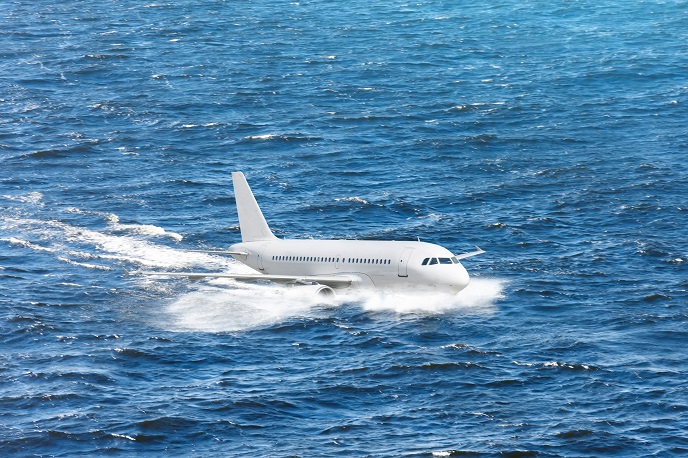Innovative simulation tools promise a softer landing during aircraft ditching
Ditching, or the controlled emergency landing of an aircraft on water, is a rare event. But, as the 2009 landing of an Airbus A320 on the Hudson River in New York City made clear – it does happen. Although that event may forever be remembered as the ‘Miracle on the Hudson’, a successful ditching event does not require divine intervention. As the EU-funded SARAH (Increased Safety and robust certification for ditching of aircrafts and helicopters) project is demonstrating, having good simulation tools and understanding all elements of water impact can go a long way towards increasing the safety of airplanes and helicopters in a ditching situation. “Our aim is to develop more robust and reliable ditching simulations for aircraft and helicopters based on improved methodologies and technologies,” says SARAH project coordinator Stephan Adden. Experiments and simulations As a consortium of experts from aircraft manufacturers, SMEs focusing on software solutions, and research institutions supported by the European aviation certification authority, the SARAH project aims to establish holistic, simulation-based approaches to the analysis – and improvement – of aircraft ditching. “Using experiments and high-fidelity simulations, we are working to simulate a ditching event and better understand its impact on aircraft and helicopters,” explains Adden. In terms of experiments, to better understand the mechanics of helicopter emergency landings, researchers are physically ditching helicopter models in different configurations over the large ocean tanks located at the Centrale Nantes research facility. On the simulation side, researchers are creating innovative methods that precisely capture and simulate all the physical phenomena involved in emergency ditching. “These efforts will influence the design of the next generation of aircraft and helicopters, improve ditching procedures for pilots and support European regulations in the area,” says Adden. Defining conditions, improving capabilities Needless to say, conducting such complex experiments is an achievement in itself. When it comes to water impact simulation, there is a significant lack of available test-data, proper testing facilities are rare, scaling is difficult, and conducting full-scale tests is next to impossible. This meant the SARAH project had to start by upgrading and improving existing facilities so they could accommodate the project’s required testing activities. “Activities like these are difficult to plan up front, and unforeseen problems arise during the work,” explains Adden. “But thanks to the agility of our consortium, the project was able to define the necessary test conditions and improve our simulation capabilities, meaning we will soon be able to deliver robust results to the aviation community.” Although due to finish in September 2019, the project is already delivering considerable results. In October 2018, researchers inaugurated a high-speed ditching facility at CNR-INM in Rome, and in December 2018, a dissemination event was organised to show the capabilities of the helicopter drop test facility in Nantes. Both facilities are available for use by the aviation industry and academia – with several ditching demonstrations and technical workshops having already taken place. “Thanks to the information coming out of the SARAH project, aircraft manufacturers will improve aircraft and rotorcraft design against controlled water impact events,” adds Adden. “Furthermore, the technical advances delivered by the SARAH project will make it possible to minimise the risk of injury to passengers and crew and enable safer evacuation of the aircraft.”
Keywords
SARAH, ditching, emergency landing, aircraft ditching, water landing



